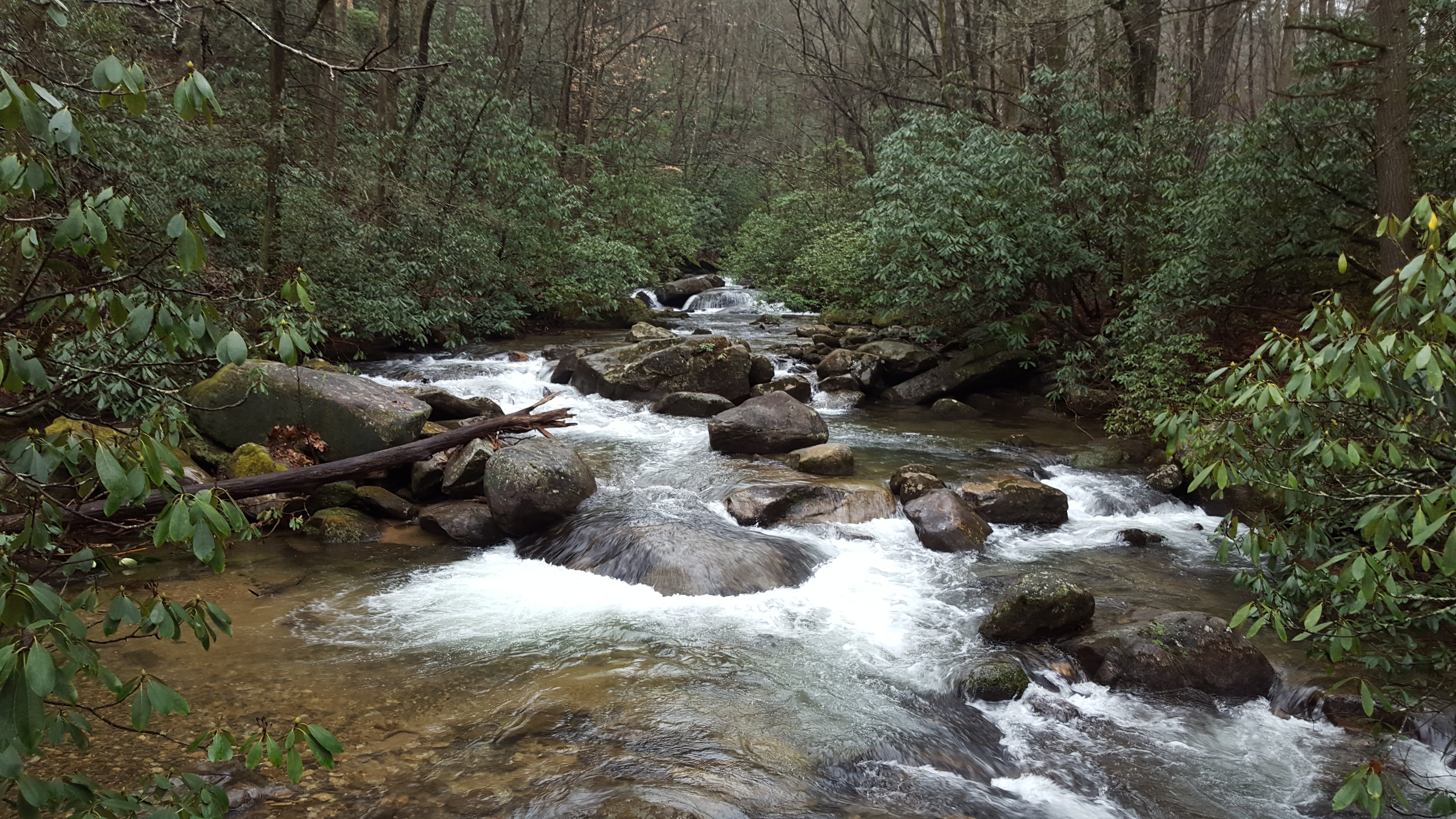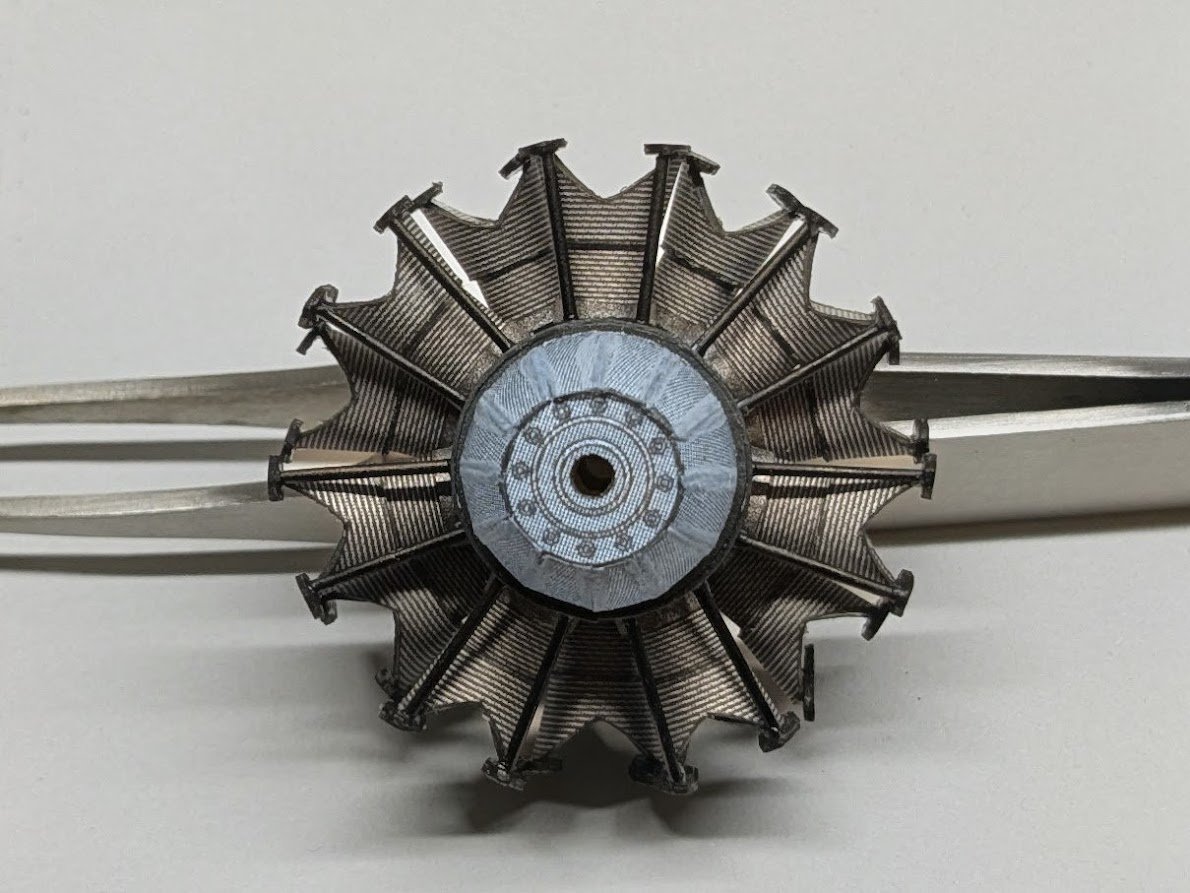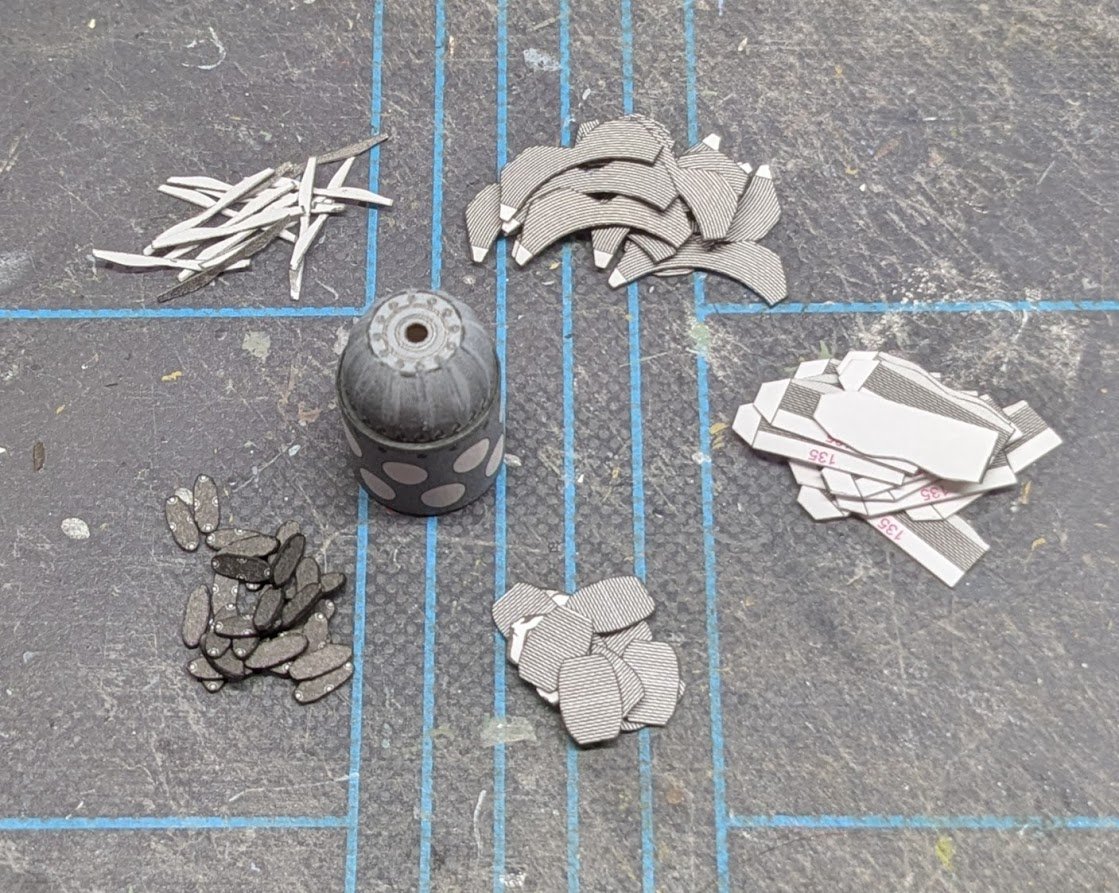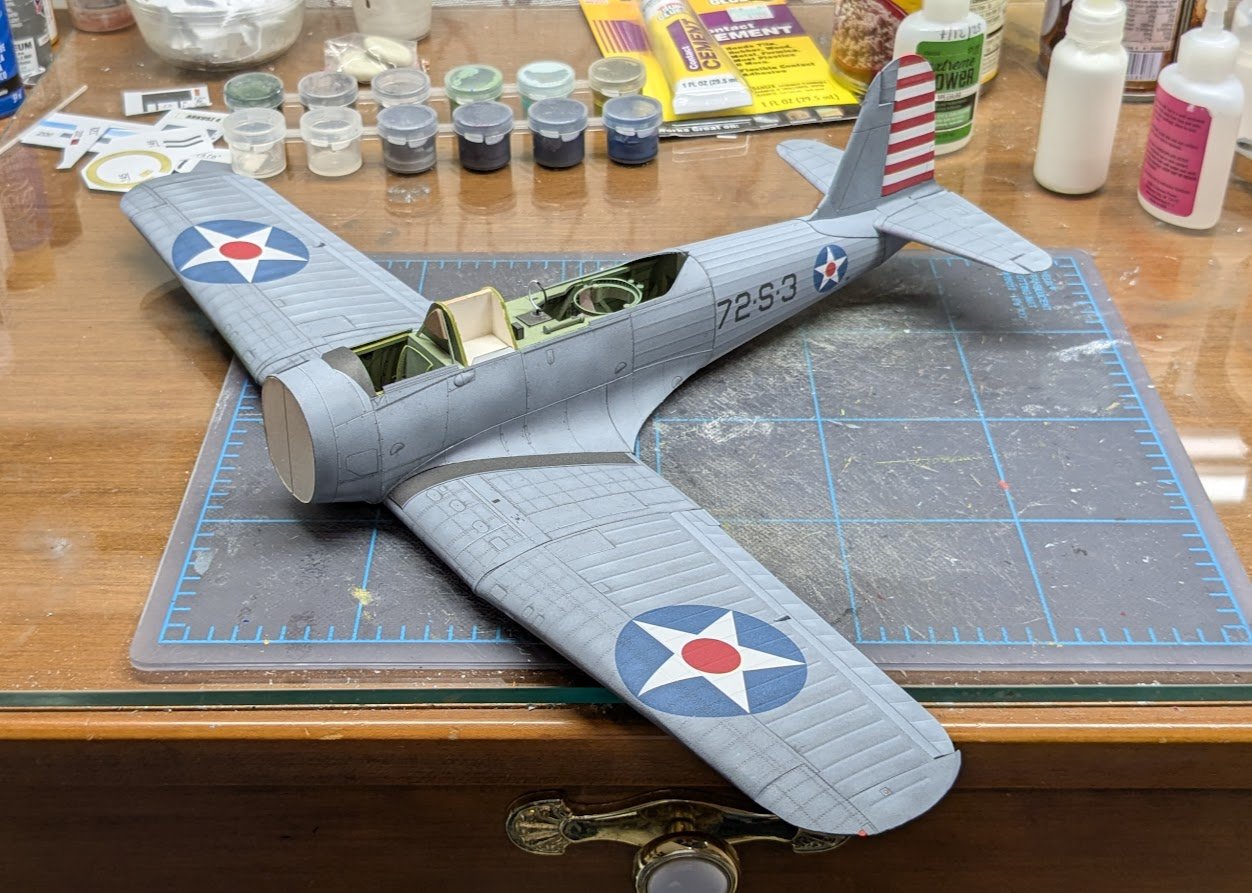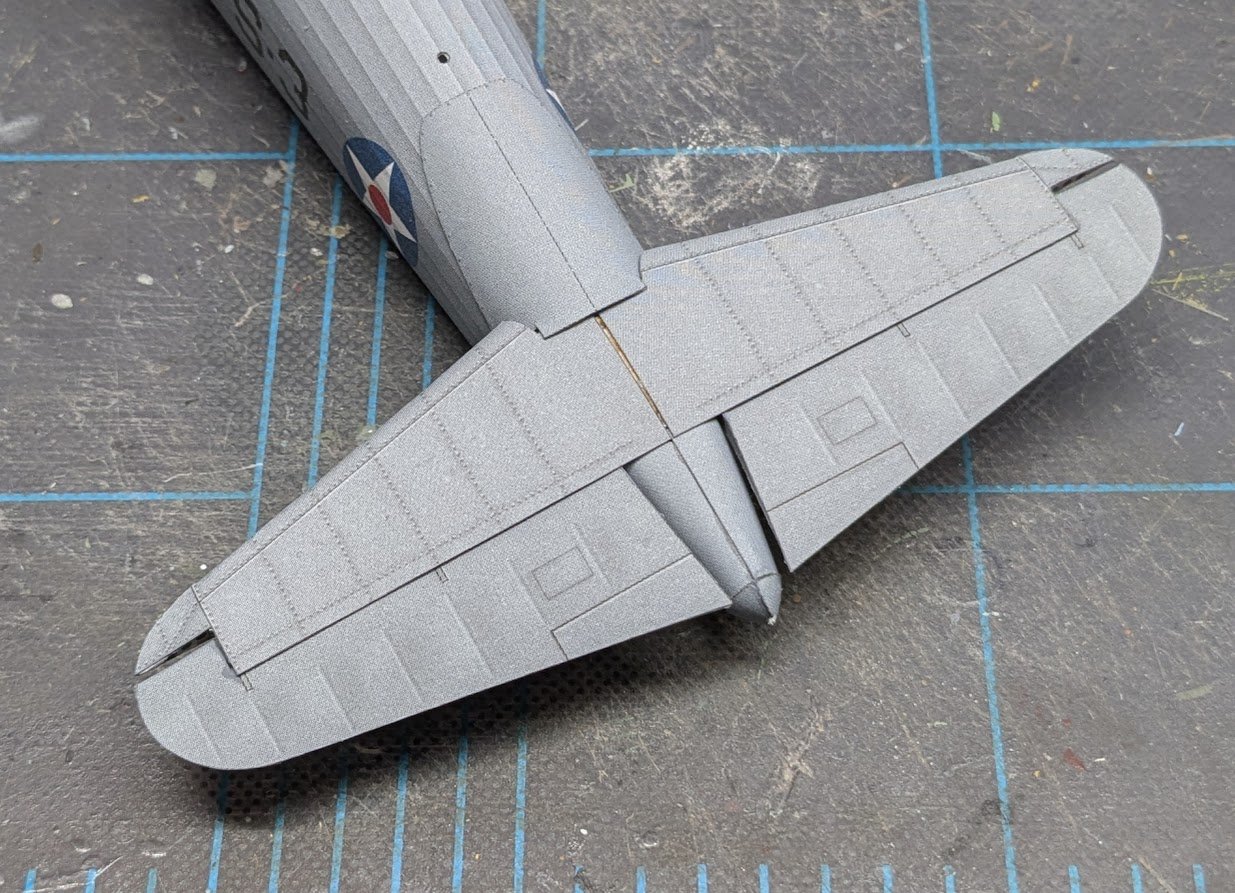-
Posts
10,517 -
Joined
-
Last visited
Content Type
Profiles
Forums
Gallery
Events
Everything posted by ccoyle
-
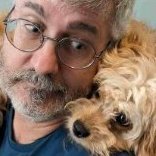
Browsing Experience
ccoyle replied to mrcc's topic in Using the MSW forum - **NO MODELING CONTENT IN THIS SUB-FORUM**
And I thought I had a lot of tabs open! 😮 -
Do you mean Oregon pine? That is a regional name for Douglas fir. It was very commonly used in West Coast ship building, it being a very large and straight-trunked tree, which made it a prime source of long, straight-grained planks. Most of the West Coast schooners that have been in the news here on the forum lately were built of Doug fir.
- 33 replies
-
- gaff sloop
- restoration
-
(and 1 more)
Tagged with:
-
Made quite a lot of progress since the last update. First, I got the engine mated to its bulkhead and the forward fuselage ring done. You can see some of the cowl rings in the background. Next, all of the cowl rings were shaped and closed. At this point they still need a little final shaping. Here the cowl rings have been added. I had a problem with the last ring because I didn't realize that it was supposed to angle back into the cowl opening instead of forward. I made a few cosmetic boo-boos in getting it repositioned. I also overlooked that there is a printed interior cowl piece. Fortunately, as this photo suggests, the interior is difficult to see, so the interior piece's absence shouldn't stand out. A couple of exhaust stubs and an air scoop later and the forward fuselage was ready to mate to the rest of the model. Finally, the .30 cal mount was completed. It's just loose-fitted for this shot -- I will remove it while I work on the canopy. I had originally planned to display the gun in the stowed position and have the aft canopy closed, but the diagrams were unclear on how to configure the mounting to make that possible, and I could find no helpful images online. Displaying the gun deployed means that the rearmost canopy section will need to be separated from the rest of the canopy in order to display it in the open position. That's it for now!
-

Anyone out there working on a card model?
ccoyle replied to gagliano1770's topic in Card and Paper Models
Ooh ooh! I know what it is!! -
Welcome aboard!
-
The coloring on this kit is really very good, and I agree that the plane has pleasing lines -- unlike, say, the SB2C, which I also have in my stash. I like the early-war light blue over gray scheme, and I already had suitable edge coloring paints left over from my F4F-4 build. The blue just needed a little lightening. The 30-pen set I purchased earlier from AK included a shade called "deck tan" which is a pretty close match for the underside gray of this kit.
-
Welcome aboard!
-
Sounds vaguely ominous! 😬 In this instance, I think any kind of doubling technique would adversely impact the scale of the part -- but your description of the process is intriguing! I can easily envision this conversation going down at the Coyle household later: Mrs. Coyle: "Honey, what are you burning?" Me: "Me? Nothing. Why?" Mrs. Coyle: "It smells like melting Ziploc bags in here." Me: "Hmmm. Can't imagine why." 😝
- 106 replies
-
- digital navy
- v108
-
(and 3 more)
Tagged with:
-
Clare, I did mine by cutting out first, then soaking in CA. Are you familiar with what the Poles (I believe) call the 'woodpecker' cutting technique (if I'm remembering the name correctly)? For anyone reading, this consists of cutting by means of a series of up-and-down strokes rather than the usual dragging of the blade across the paper. Each vertical stroke only makes a cut about 0.5 - 1.0 mm long. Normal cutting strokes tug at the paper's fibers, which is not a problem on large parts but can pull very small pieces apart while cutting them. The vertical cutting stroke greatly reduces such tugging-and-tearing.
- 106 replies
-
- digital navy
- v108
-
(and 3 more)
Tagged with:
-
Tain't likely to happen. Auxillary ships are not the most popular subjects, though we do see one on the market every now and then. I can't recall ever seeing an ammo ship, though. BTW, I learned to ski on Mt. Shasta!
- 106 replies
-
- digital navy
- v108
-
(and 3 more)
Tagged with:
About us
Modelshipworld - Advancing Ship Modeling through Research
SSL Secured
Your security is important for us so this Website is SSL-Secured
NRG Mailing Address
Nautical Research Guild
237 South Lincoln Street
Westmont IL, 60559-1917
Model Ship World ® and the MSW logo are Registered Trademarks, and belong to the Nautical Research Guild (United States Patent and Trademark Office: No. 6,929,264 & No. 6,929,274, registered Dec. 20, 2022)
Helpful Links
About the NRG
If you enjoy building ship models that are historically accurate as well as beautiful, then The Nautical Research Guild (NRG) is just right for you.
The Guild is a non-profit educational organization whose mission is to “Advance Ship Modeling Through Research”. We provide support to our members in their efforts to raise the quality of their model ships.
The Nautical Research Guild has published our world-renowned quarterly magazine, The Nautical Research Journal, since 1955. The pages of the Journal are full of articles by accomplished ship modelers who show you how they create those exquisite details on their models, and by maritime historians who show you the correct details to build. The Journal is available in both print and digital editions. Go to the NRG web site (www.thenrg.org) to download a complimentary digital copy of the Journal. The NRG also publishes plan sets, books and compilations of back issues of the Journal and the former Ships in Scale and Model Ship Builder magazines.

